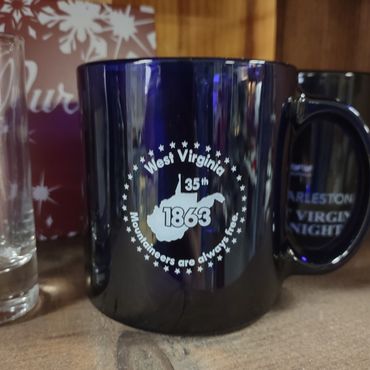We Make Glass The OLD OLD WAY.
Call to place your order
304-269-1030
Call to place your order
304-269-1030

Discover unique and captivating Glass History and the pieces created right here in Weston, West Virginia.
Ring Holder





We love our customers, so feel free to visit during normal business hours.
499 East 3rd Street, Weston, West Virginia 26452, United States
Open today | 08:00 am – 04:00 pm |
We use cookies to analyze website traffic and optimize your website experience. By accepting our use of cookies, your data will be aggregated with all other user data.